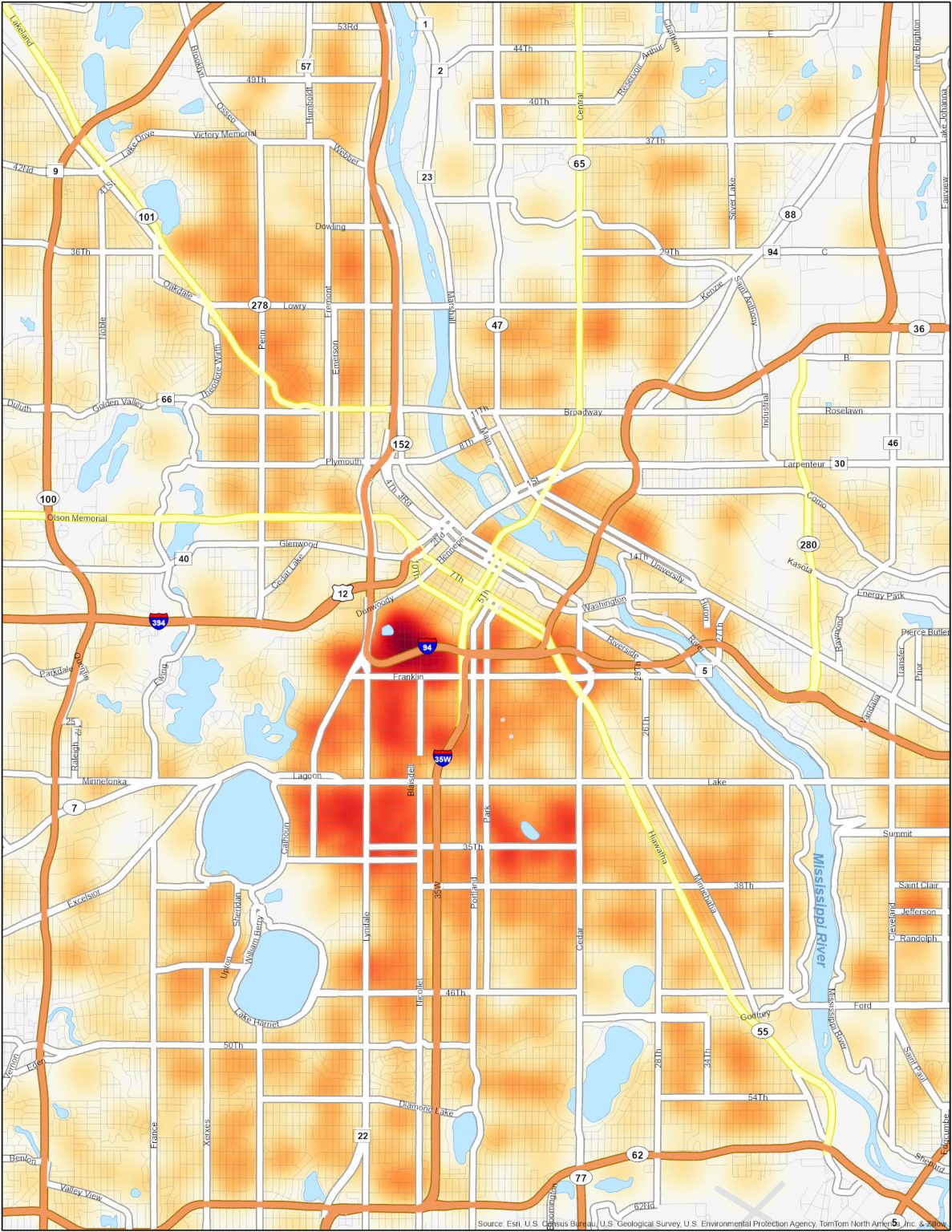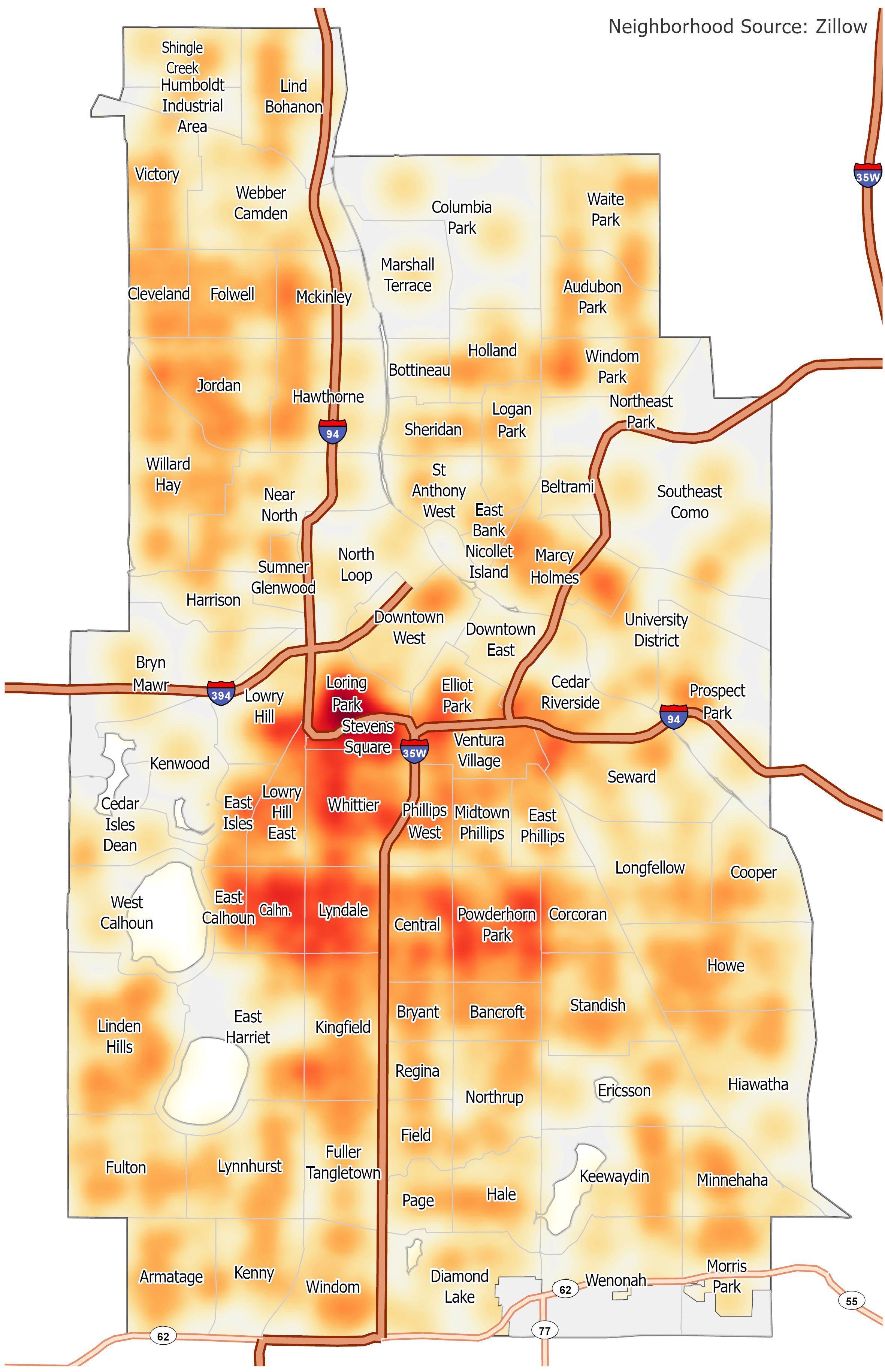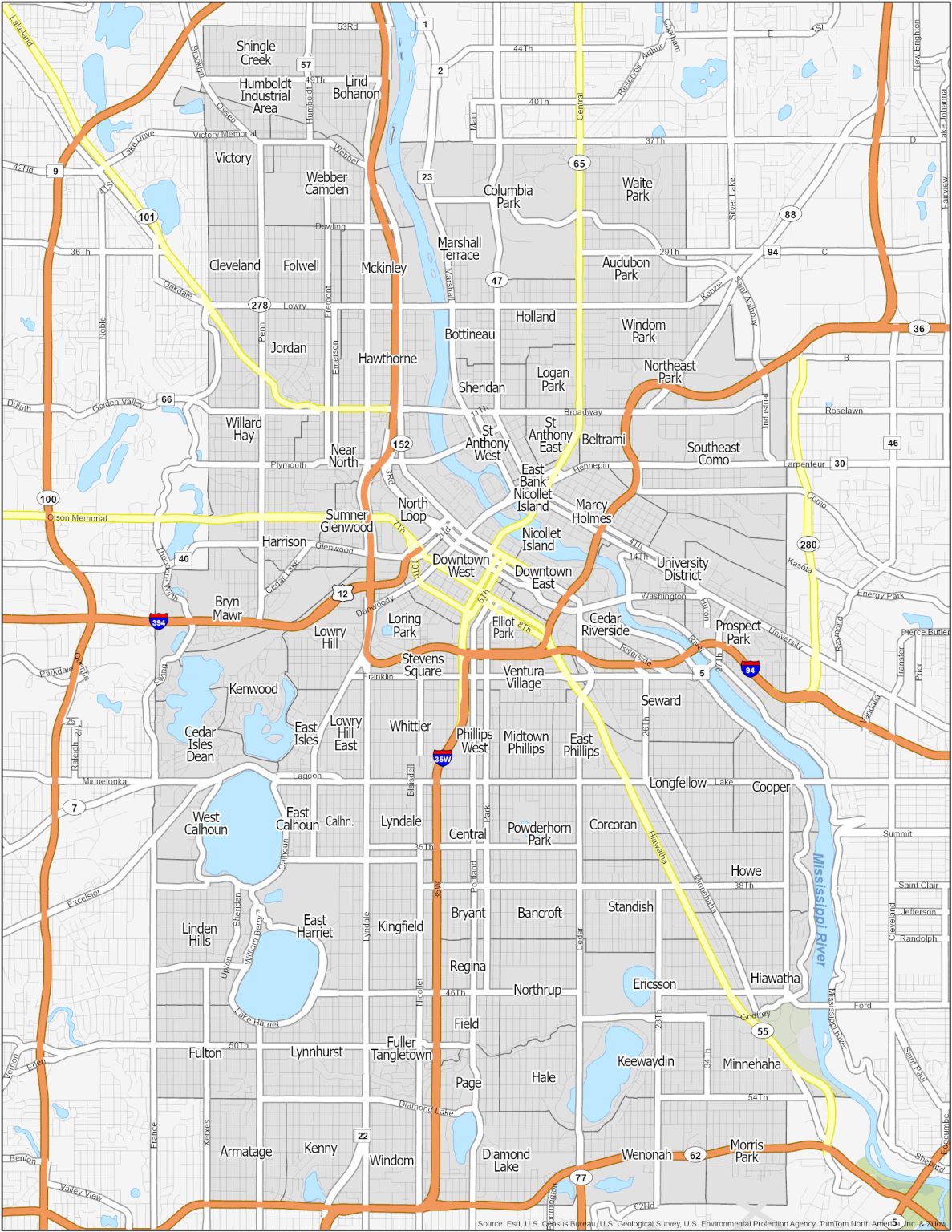What is the Purpose of a Minneapolis Gang Map?
How Does the Minneapolis Gang Map Help Local Residents?
Where Can You Find Minneapolis Gang Map Information?
- How Okd Is Riley Green
- Mia Khalida Latest
- Aaron Carter Diddy
- Raza Mir Author
- How Long Is The Morgan Wallen Concert 2025
A Look Back - Minneapolis Gang Map History
What Were Some Early Minneapolis Gang Map Challenges?
Exploring Minneapolis Gang Map Data
- Breckie Hill Nude Leaks
- Who Says I Drink And I Know Things
- Katie Sigmond Nudes
- Adelaine Morin Leak
- Romanandsharon
How Do We Interpret the Minneapolis Gang Map Data?
What Kinds of Details Appear on a Minneapolis Gang Map?
Community Efforts and the Minneapolis Gang Map
Supporting Safe Spaces with the Minneapolis Gang Map
When folks think about city life, they often picture lively streets and friendly faces, so it's almost a bit unsettling to consider the tougher parts of things. In Minneapolis, like many places, there are areas where community well-being is a constant topic of discussion. One tool that helps people grasp some of these concerns, particularly those tied to organized groups, is what's known as the Minneapolis gang map. It's a way to visually represent where certain activities might be more common, giving a clearer picture of the city's social makeup.
This kind of map, you know, isn't just about drawing lines on paper; it tells a story about specific spots where groups have had long-standing disagreements. For instance, police records show that arguments between certain groups have led to several serious incidents, going back as far as 2006. Some of these situations, according to one person named Mortenson, came from friction between groups called the Untouchables and the Gangster Disciples, which, as a matter of fact, really shows how deep some of these issues run.
The Untouchables, for example, were a local group connected to a number of such incidents and thefts way back in 2006. So, having a Minneapolis gang map helps folks, whether they are local authorities, neighborhood helpers, or just people living in the city, get a better handle on where certain group activity might be happening more often. It's about providing a way to see patterns and understand areas that might need more attention, perhaps more community support or resources, which, you know, is pretty important for everyone.
What is the Purpose of a Minneapolis Gang Map?
A Minneapolis gang map, at its core, gives a visual look at where different group activities tend to happen within the city. It's like a special drawing that shows areas where certain groups have a presence or where their actions might be more frequent. This kind of visual representation is quite useful for a few different reasons, so it's not just a simple drawing. For one thing, it helps people in charge of keeping the peace, like the police, understand the lay of the land a bit better. They can see patterns and focus their efforts where they might do the most good, which, you know, makes their work more effective.
Beyond the police, these maps are also a big help for groups that work directly with neighborhoods. These community organizations often try to bring about positive changes and support people who live in these areas. By seeing where group activities are more common on a Minneapolis gang map, they can figure out the best places to offer their help, whether that's through youth programs, family support, or other initiatives. It helps them put their energy where it can truly make a difference, and that's really what it's all about, isn't it?
And then there are the people who simply live in the city. For residents, a Minneapolis gang map can offer a sense of what's happening around them. It's not about causing alarm, but rather about providing information so people can be aware of their surroundings and the broader community picture. Knowing where group activities are more common can help residents feel more informed, and perhaps even encourage them to get involved in local efforts to improve their neighborhoods. It's a way to keep everyone a little more connected to the pulse of the city, in a way, and that can be a comforting thought.
How Does the Minneapolis Gang Map Help Local Residents?
For someone just living their daily life in Minneapolis, a gang map can offer a helpful view of their surroundings. It's not meant to create fear, but rather to give people a clearer picture of their community. When you can see where certain activities are more concentrated, it allows for a better sense of local conditions. This means, perhaps, that people can make more informed choices about where they spend their time or where they might want to get involved in community efforts. It's about empowering people with knowledge, you know, so they can feel more connected to their city's well-being.
The map, in essence, helps people recognize patterns in local events. If there's an area that shows up often on the Minneapolis gang map, it might suggest a need for more community programs or support in that particular spot. For residents, this could mean understanding why certain resources are placed in specific neighborhoods, or why certain discussions about safety are happening. It encourages a broader look at how communities are shaped and how everyone plays a part in making them better places to live. So, it's pretty much a way to encourage more eyes on the ground, so to speak.
It's also worth noting that this information can spark conversations among neighbors. When people have a common point of reference, like the details found on a Minneapolis gang map, they can talk about their experiences and concerns in a more focused way. These discussions can lead to local groups forming, or existing groups gaining more members, all working towards common goals of peace and safety. It's about bringing people together to address shared interests, and that, in fact, is how strong communities are built, isn't it?
Where Can You Find Minneapolis Gang Map Information?
Finding information about a Minneapolis gang map, or related crime details, comes from a few different places. Some of these sources are set up for the general public, while others are more for specific groups like law enforcement. For example, there are web pages that let you look at crime data based on where things happened and when they happened. This kind of tool helps anyone interested in seeing the bigger picture of activity in the city, so it's quite accessible.
You can also find details about the number of groups, their locations, and who makes up these groups within Minneapolis. Some sources even provide an idea of how risky certain areas might be regarding group activity, and what the general direction of these activities looks like over time. These web pages sometimes offer links to other news, descriptions, and reports about groups in prison, which gives a broader view of the issue, you know, beyond just the city streets.
There are also specialized platforms, like one called SafeMap, which offers an interactive look at crime and statistics for Minneapolis. It's a free resource that helps people keep an eye on safety in the places they care about. And, apparently, there's even a community online called "hoodmap" where people share and discuss maps of different areas, including those showing group territories. This shows that there's a general interest in understanding these dynamics, not just in Minneapolis, but in other places too, which, in a way, makes sense.
A Look Back - Minneapolis Gang Map History
To really get a feel for why a Minneapolis gang map is important today, it helps to glance back in time a bit. You see, the Twin Cities area, which includes Minneapolis, had a reputation in the early 1900s for being a spot where various organized crime figures found a place to operate. It was, in some respects, a kind of hiding spot for those involved in less-than-legal activities. This historical background shows that the presence of organized groups with specific territories isn't a brand-new thing for the area; it has roots that go back many decades, which, you know, is quite a long time.
Learning about these older times can give us some perspective on how things have changed, or perhaps stayed the same, over the years. You can find stories and locations tied to these historic figures and their hideouts, giving a sense of the city's past. This historical thread connects to how we think about group activities today, and how understanding where these things happened in the past can help us understand current patterns. It's like looking at an old family photo to see how things have developed, basically, over generations.
The idea of mapping out where groups operate isn't just a modern concept, either. While today's Minneapolis gang map uses technology, the underlying need to identify and understand areas of influence has likely been around for a long time. The ways we gather and display this information have changed, but the basic goal of seeing where group activities are more common remains a constant. So, in a way, it's a continuation of a long-standing effort to keep communities safe and aware, which, you know, is a pretty consistent need.
What Were Some Early Minneapolis Gang Map Challenges?
In the past, putting together a clear Minneapolis gang map, or even just understanding the groups, came with its own set of difficulties. For instance, in 2006, a local group known as the Untouchables was connected to a number of shootings and thefts. Getting a full picture of their actions and where they operated would have been a significant task back then. Information might have been harder to gather, and sharing it broadly would have been less straightforward than it is now, which, you know, makes sense given the tools available at the time.
There were also specific tensions between groups, like the Untouchables and the Gangster Disciples, that led to serious events, according to what Mortenson said. Understanding these deep-seated disagreements and how they affected different parts of the city would have required a lot of careful observation and reporting. Early efforts to map these connections might have relied on less precise methods, making it harder to get a really sharp view of the situation. So, it was a bit like trying to put together a puzzle with some of the pieces missing, or at least not clearly defined.
An assessment carried out in June 2010, focusing on "youth gang crime and prevention services" in North Minneapolis neighborhoods like Folwell, Hawthorne, Jordan, and McKinley, highlights some of these earlier challenges. These kinds of studies tried to gather solid information, but the sheer amount of detail needed to create a thorough Minneapolis gang map from scratch would have been quite large. It shows that collecting and making sense of all the different pieces of information about groups and their activities has always been a complex undertaking, and that's just a fact.
Exploring Minneapolis Gang Map Data
When we talk about a Minneapolis gang map, we're really talking about a collection of information that helps us see patterns and connections. This data isn't just about where groups are, but also about what kinds of activities are happening and how often. For example, the map allows you to look at crime details based on both where something took place and when it happened. This means you can trace how things have changed over time in specific areas, which, you know, is pretty useful for spotting trends.
The information often includes specifics about different groups operating in the city. You might see references to groups like the 18th Street Gang, Tre Tre Crips, Stick Up Boys, or Young 'n Thuggin' (YNT). These names represent distinct groups, and understanding their presence helps build a more complete picture for the Minneapolis gang map. It's about putting names to the various pieces of the puzzle, so to speak, and seeing how they fit together in the larger urban setting. This kind of detail, in a way, brings the map to life.
Beyond just group names, the data can also include things like the estimated risk level in certain areas, or how group activities are changing over time. This helps local authorities and community groups plan their efforts more effectively. It's about using solid facts to make decisions, rather than just guesses. This careful approach to information gathering is a really important part of how a Minneapolis gang map becomes a valuable resource for everyone working towards safer communities, and that, basically, is a good thing.
How Do We Interpret the Minneapolis Gang Map Data?
Looking at the details on a Minneapolis gang map means more than just glancing at dots and lines. It involves trying to understand what those markings tell us about the city. For instance, when the map shows where groups like the Untouchables or the Gangster Disciples have had disputes that led to shootings, going back to 2006, it suggests a long-standing issue in those particular spots. This kind of historical information helps us see that some problems are deeply rooted, and that, you know, they won't just disappear overnight.
The map also helps us see how different factors might play a role. For example, when the source mentions "a legacy of failure," or talks about areas like North Loop, Ventura Village, or even "rich hipsters getting unaffordable," these might be clues about the social or economic conditions that affect different neighborhoods. While the map itself might not directly show these things, understanding the data on a Minneapolis gang map means considering the broader context of a community. It's about connecting the dots between what's on the map and what's happening in real life, so it's a bit like being a detective.
Interpreting the data also means recognizing that the map is a living document, meaning it changes over time. Trends in group activity, or changes in demographics, are all part of the picture. This is why having up-to-date information is so important. It allows authorities and community members to react to new situations and adapt their strategies. So, it's not a static picture, but rather a constantly updating snapshot of the city's group landscape, which, as a matter of fact, is pretty dynamic.
What Kinds of Details Appear on a Minneapolis Gang Map?
A Minneapolis gang map typically shows several types of information to give a full picture of group activity. For one thing, it outlines the areas where different groups are known to be present. This might be shown with different colors or symbols to represent various groups, making it easy to see their distinct territories. This visual separation helps people quickly grasp where different influences might be at play, so it's a fairly straightforward way to present complex information.
Beyond just territories, the map can also point out "hotspots." These are specific locations where group-related incidents, like disputes or other actions, happen more often. These hotspots are particularly important for law enforcement and community groups, as they highlight areas that might need more focused attention or resources. It's like drawing a circle around the places where help is most needed, you know, to make sure efforts are concentrated effectively.
Some versions of a Minneapolis gang map might also include demographic information about the groups themselves, or about the neighborhoods where they are active. This could involve details about the age ranges of individuals involved, or other characteristics that help paint a more complete picture. Knowing these details can help in developing programs that are better suited to the specific needs of a community. It's about getting a deeper understanding of the people and places involved, which, basically, is what makes these maps truly useful.
Community Efforts and the Minneapolis Gang Map
The Minneapolis gang map isn't just a tool for authorities; it's also a big part of how communities work to make their neighborhoods better. When community groups and residents have access
Related Resources:



Detail Author:
- Name : Lafayette Pollich
- Username : rbahringer
- Email : aklocko@prohaska.com
- Birthdate : 1992-02-21
- Address : 8748 Gibson Camp Apt. 289 South Gregoria, TX 45428
- Phone : +1-828-376-8495
- Company : Padberg-Kiehn
- Job : Forest Fire Inspector
- Bio : Consequuntur suscipit ea repudiandae quis aut velit. Ea inventore qui iusto velit. Odit velit perferendis quis sit sit eos qui. Accusantium culpa qui atque.
Socials
twitter:
- url : https://twitter.com/tpfeffer
- username : tpfeffer
- bio : Possimus nobis unde quas at omnis iusto. Et hic nostrum vero beatae sit assumenda. Voluptas ad ipsa culpa consectetur quia tempora.
- followers : 6948
- following : 2977
facebook:
- url : https://facebook.com/tpfeffer
- username : tpfeffer
- bio : Corporis exercitationem ipsa fugit ut explicabo et voluptatum.
- followers : 233
- following : 1118
linkedin:
- url : https://linkedin.com/in/pfeffert
- username : pfeffert
- bio : Sed cum et laborum nostrum.
- followers : 1267
- following : 1927
instagram:
- url : https://instagram.com/timothy_dev
- username : timothy_dev
- bio : Qui quidem perspiciatis velit. Omnis rerum eum enim quo doloribus dolores tempore.
- followers : 5604
- following : 2158
tiktok:
- url : https://tiktok.com/@pfeffer2018
- username : pfeffer2018
- bio : Et et reprehenderit commodi fuga.
- followers : 6015
- following : 816